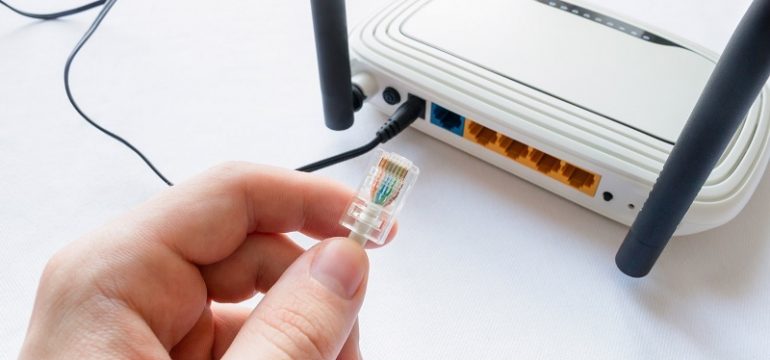DSL is an abbreviation of Digital Subscriber Line. It is the original high-speed broadband solution. Although it is a widely popular source of accessing an Internet service, not many people know about how DSL works.
People choose one of the DSL Internet providers of their choice and the digital signals travel through the copper wires to reach your home. There are the same copper wires that are used to transmit audio signals from telephones. However, you can choose to have a separate digital line instead of a landline telephone.
Table of Contents
Popular Types of DSL
DSL has undergone considerable evolution over the past couple of years. This was needed because there are many other impressive cable and fiber technologies available in the market today. For example, Cox boosts Internet speed in a considerable amount even during peak hours. The various kinds of DSL connections are:
ADSL
It stands for asymmetrical DSL and is the most popular type of DSL Internet. Many providers across the country offer download speed up to 8 Mbps. The upload speeds, however, reach only up to 384 Kbps.
ADSL 2+
It is also an asymmetrical DSL but it offers slightly higher speeds. The download speeds can reach up to 20 Mbps and upload speeds to 850 Kbps. However, these speeds are still very less when you do a DSL vs Cable Internet speed comparison.
VDSL
Because of its higher bitrate, it has much higher speeds. The download speeds are up to 52 Mbps and the upload speeds can reach as high as 2.3 Mbps.
VDSL2
It offers much higher speeds than VDSL. With this kind of DSL, you can get as high as 100 Mbps Internet upload and download speeds. So, unless you require a connection as fast as Cox 1 Gbps Internet for online gaming, this DSL can provide enough speeds for streaming your favorite shows.
SDSL
Through this DSL, you get the same upload and download speeds. With this service, the speeds can reach up to 1.54 Mbps.
Are There Other Options Besides DSL?
Yes, there are plenty of other options like fiber, satellite, and cable to get an Internet connection. Most people prefer cable, fiber or both because these offer much higher speeds than DSL. Also, a typical user finds it easier to pay the Cox bill online rather than relying on traditional bill-payment methods. However, if you don’t have other options available in your area, you can always rely on DSL Internet.
Factors Affecting DSL Internet Speeds
Now that you have understood how DSL works, it is time to discuss the factors that can impact Internet speeds. It is a common misconception that a DSL will always deliver slower speeds than cable or fiber. You can have higher speeds through a DSL than a cable based on two factors:
Distance
The shorter the distance between your home and the provider’s office, the higher the Internet speeds will be. If you live within the 1-mile radius of the office, you are likely to receive the advertised speeds. But if you live beyond 3 miles, the speeds will get slower.
The Kind of Modem and Router
Your Internet speeds can vary a lot depending upon the kind of modem or router you have in your home. By using a modern router or modem, you can stream your favorite shows on the latest Cox TV equipment without any interruptions. But if you have an old modem or router, the speeds delivered by DSL will be much slower than expected.
DSL vs Cable
Although it is true that DSL Internet speeds are usually slower than that of the cable, DSL is a more reliable option than cable for people living in crowded areas. This is because cable Internet bandwidth is shared across the neighborhood. So, during peak hours, Internet speeds can get considerably slow. However, DSL users will always get the advertised speeds as long as they are within the 3-mile radius of the provider’s office.
Why DSL Internet Is the Right Choice for You?
So, after carefully analyzing how DSL works in crowded areas, it can be said that it is not always smart to prefer cable or fiber over DSL. If you live in an area where other options are poor or unavailable, then DSL is the best choice in such circumstances. Also, it is the cheapest option among the three available ones.




